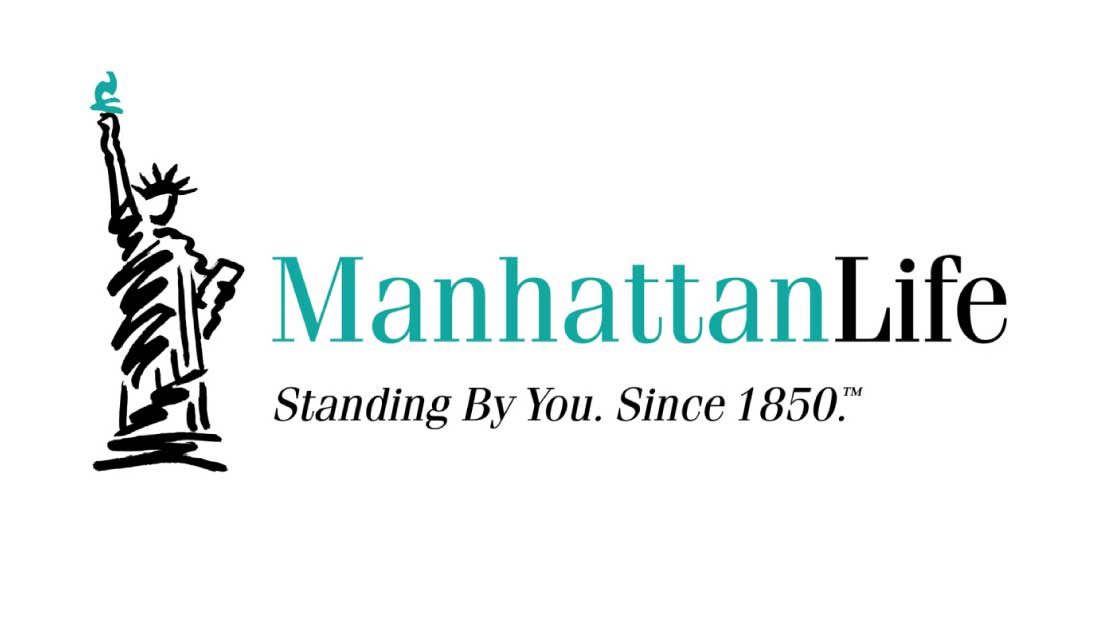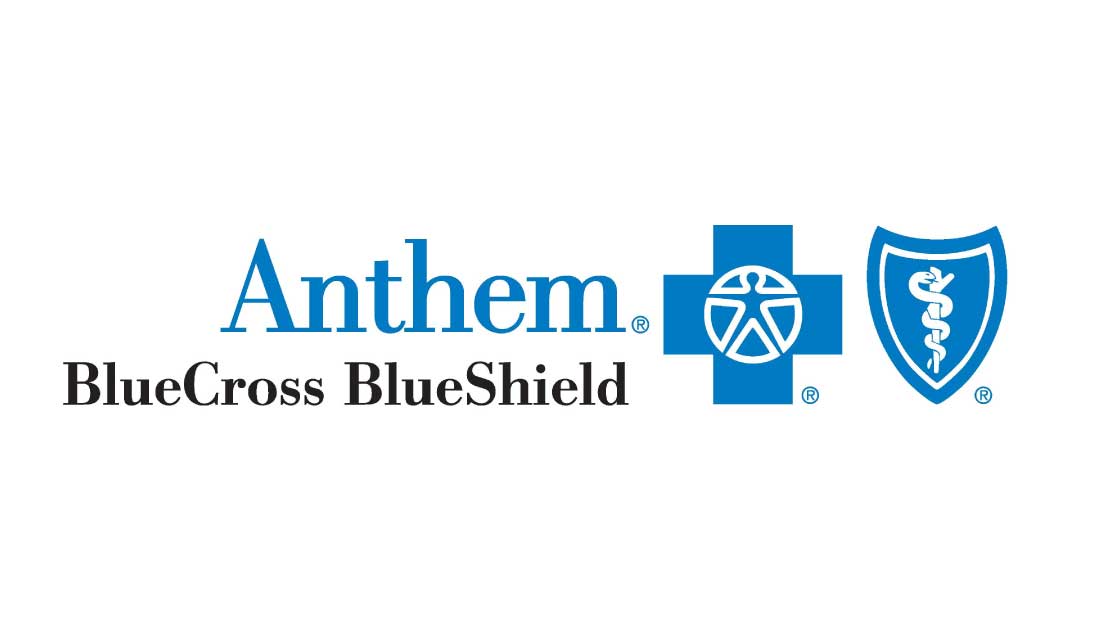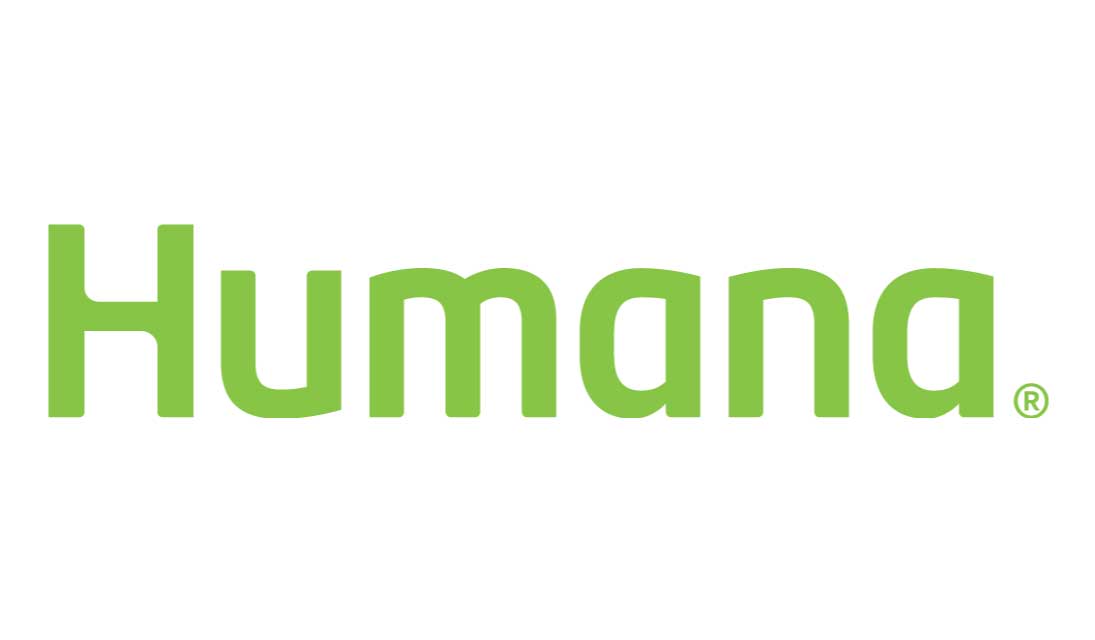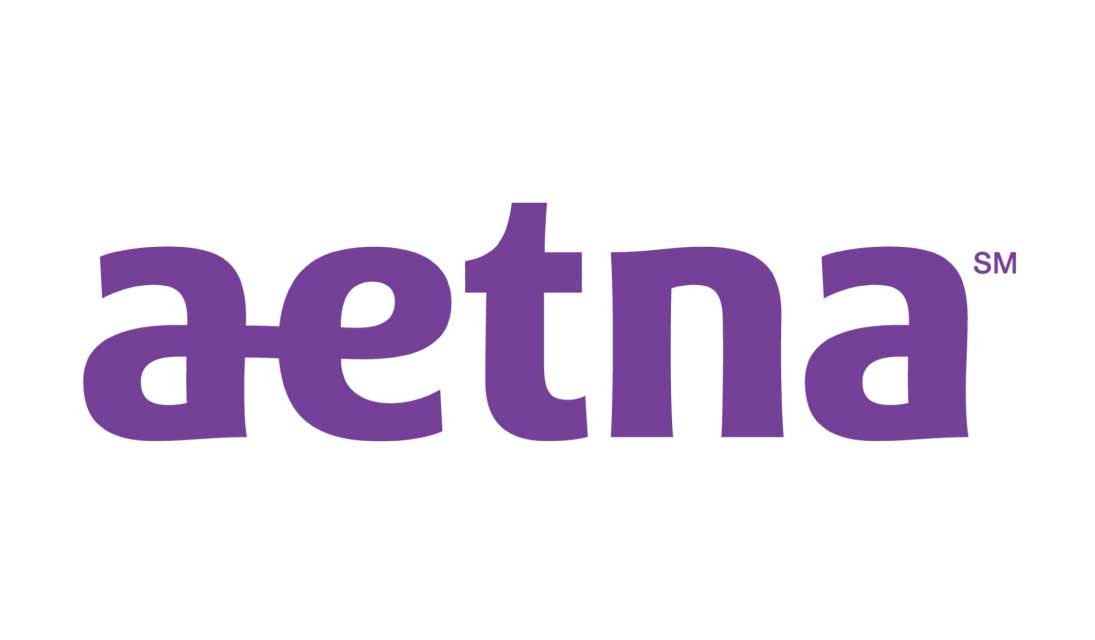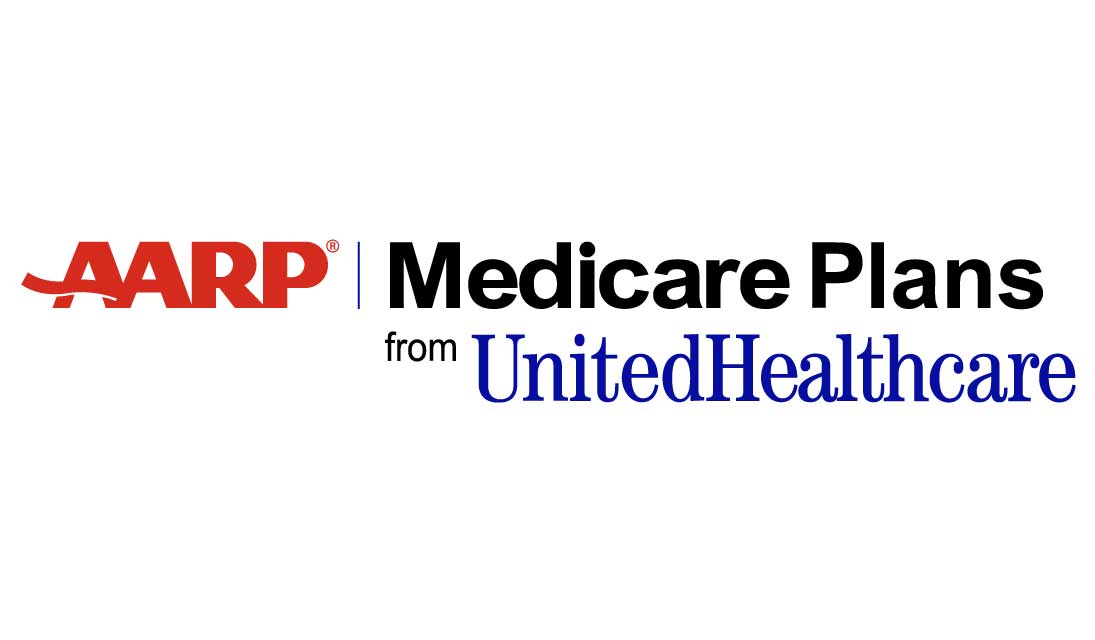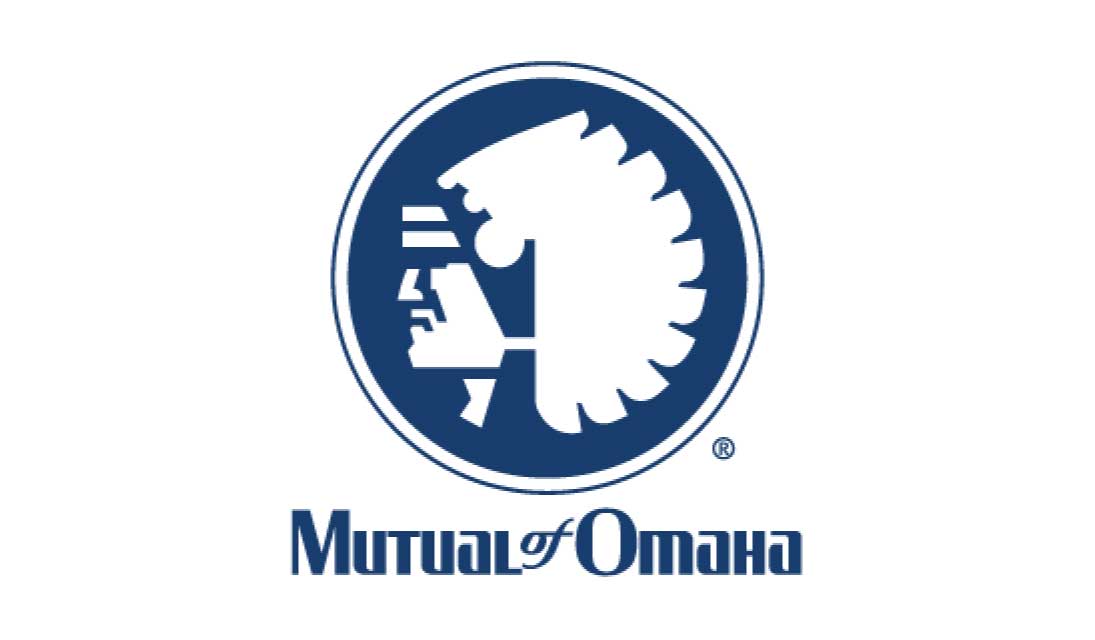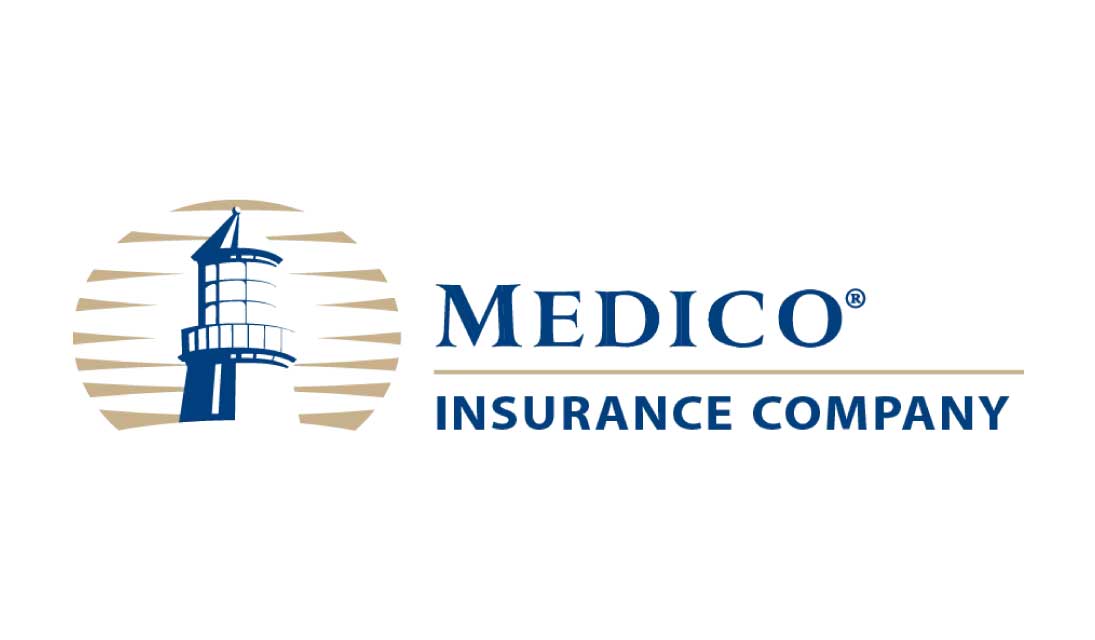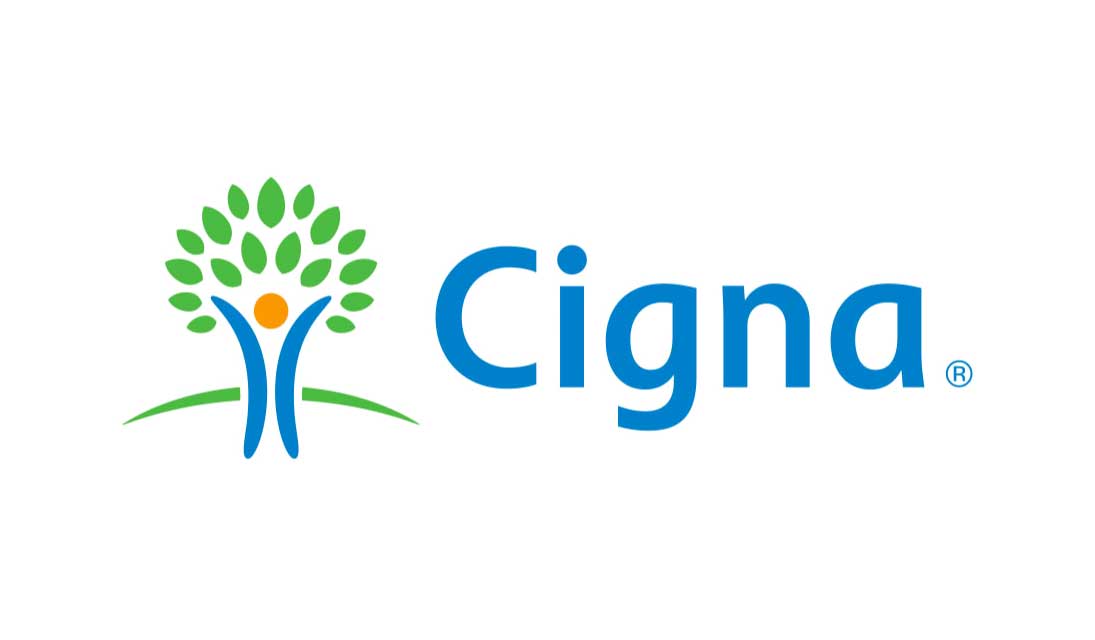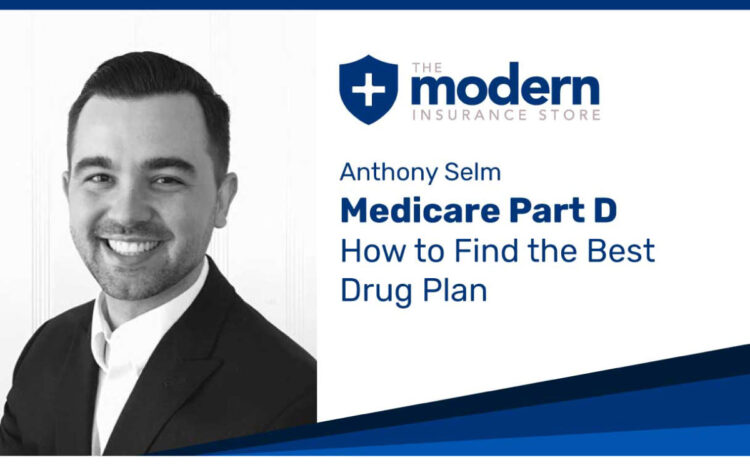
Medicare Part D – How to find the best drug plan
Watch Video:
Video Transcript:
Hey there, it’s Anthony Selm and in this video, we’re gonna talk about exactly how Medicare Part D works.
Part D would be for prescription benefits, and with Medicare, it’s complicated as always, so we’re gonna break this down so that you can get the most prescription drug coverage for your dollar.
Let’s take a look.
How Medicare Part D Works
Whether you’ve decided to purchase a Medicare Supplement plan along with Original Medicare, or you’re enrolled in a Medicare Advantage plan, it’s important to know how Medicare Part D works.
Two Separate Ecosystems
The unique part of Medicare is that your prescription benefits and your medical benefits are paid completely separate from each other.
Think of it as two separate ecosystems, it’s two different worlds, and you have to understand how Part D works because it can have a big impact on your financial bottom line in retirement.
Monthly Premiums and Deductibles
If you have a stand-alone drug plan, you’re going to have a monthly premium. Some of those zero-premium Medicare Advantage plans include the Medicare prescription benefits automatically with no cost.
Depending on where you’re enrolled, you could have a monthly premium, but you also could have a deductible for your prescription plan. The average monthly premium for a stand-alone plan is $34. Some of them are as low as $15 or as high as $100. Depending on which plan is best suited for you, there could be a difference in cost.
The prescription benefits work on a calendar year timeclock. Whether you’re enrolling in January or November, your benefits are all going to start over every year on January 1.
Drug Formularies
Each plan uses a drug formulary. A drug formulary is just a fancy term for what insurance companies call a list of medications that they will cover. Each company and each plan has a different drug formulary. These plans also break up those drugs into different tiers.
Most of you may be familiar with drugs being on tier 1 (generic), tier 2 (brand name), tier 3 (non-preferred), etc. Some of the plans have 4 tiers, some have 5, it just depends on which medications you’re taking and where they fall with that specific company and that plan, so make note of that.
Some Plans Require Quantity Restrictions
Prior authorization limits are quantity limits, which just means that some plans require restrictions, where they won’t give you a 90-day supply of certain medications automatically. They will limit that to a certain number of prescriptions or number of medications per month or period.
Step Therapy
Then step therapy is another tactic that they use to help the insurance company save money, which really is a simple way of saying they want you to try the lower cost medication first before you move up to a more expensive or brand name drug, just to help them save money.
How Medicare Part D Coverage Phrases Work Throughout the Year
The other part of Medicare prescription plans that you want to understand is exactly how the coverage phases work throughout the year. This diagram can kind of help to illustrate that somewhat.
The Initial Coverage Phase
You see over on the left here, that you have what’s called the initial coverage phase.
That’s where you’re paying your premiums for your plan, you have the copays or deductible that you have to meet until your total drug cost equals $3700 for the year. So that’s not $3700 that you pay out of pocket, that is $3700 that you and the insurance company together have paid for those prescriptions.
The Coverage Gap or The Doughnut Hole
Once you’ve reached that $3700 threshold then you’re in what’s called the coverage gap, or the doughnut hole. Most folks know it as the doughnut hole. Inside the doughnut hole, you’re going to pay 58% of the cost for generic drugs, or 60% of the cost for brand name drugs.
You’re going to pay a substantially higher portion of the cost of your medications until your out-of-pocket costs equal $4950. That’s not the total cost of medications equalling $4950, that’s your out-of-pocket costs for the year equalling $4950.
Third Phrase or The Catastrophic Coverage Phase
Then you enter what is called the third phase, or the catastrophic coverage phase. At that point, you’d only pay $3.30 for generic, and $8.25 for brand name or 5%, whichever is greater, until the end of the year.
So even though you may have great health coverage with Original Medicare and your Medicare Supplement plan, depending on the medications you take, prescription costs can still be a pretty big chunk of money every year that you have to pay out-of-pocket.
The Right Medicare Part D Drug Plan Helps You Save
Knowing how this works and knowing how to choose the right plan can really help you save a lot of money in that area.
Let’s take a look here at exactly what we mean by
How do we find one of these plans that are best suited for us?
Here we are on the medicare.gov site, and what we’re going to go through is exactly
How to find and select the right Medicare Part D Prescription Drug Plan.
- On the main page, you’re going to go to “Find health and drug plans”, a green button right there
- Then you’re going to enter your zip code. In this case, I’m just going to use my zipcode here.
- We’re going to click “Find plans” and then we’re going to select that we have Original Medicare.
- We don’t have to worry about any of the other stuff, you can select “I don’t get any extra help” unless you do.
- Some lower-income folks may get the extra help that helps to cover prescription costs.
- But for the rest of you, this demonstration is just going to show you how to look at the standard cost under Medicare Part D. Then we can continue to plan results
- Then it’s going to allow us to select our drugs.
Medicare’s Tools Find the Best Suited Drug Plans
This is where Medicare’s set of tools lets us take our medication list, or your medication list, and apply it against all the drug plans that are out there so it can find the best-suited drug plan, that’s going to give us the lowest total cost.
Examples:
- So we’re going to find a medication, I’ll just use a popular one here, Levothyroxine, that’s a very common thyroid medication.
- We can list our dosage, our quantity, our frequency, and if we get it retail or mail order.
- I’m just going to leave it all as the default here, but you can change that depending on how you get your medication filled currently, or would prefer to get it filled.
Let’s put in another one here,
- we’ll say Lisinopril, that’s a very common blood pressure medicine.
- And let’s say Metformin, for example, that’s a common medication for diabetes.
- Let’s say we’re going to switch it to the extended-release.
So we got our medication list in, this is where it’s going to be unique to each of you, depending on what medications you take.
Look at Plans That Work With Your Preferred Pharmacy
If you don’t take any then you can skip this step and just look at the plans that are going to work with the pharmacy that you want to work with, or that have the lowest monthly cost. But if you take prescriptions, go ahead and put those in.
Save Your Drug List with an automatic ID and Password Date
You can also save this, it generates an automatic drug list ID and a password date. Save that information, put it in your notes so that when you come back later or next year, you can plug that back in and you don’t have to start all over with your drug list again.
You can just use that drug list ID and it’ll automatically populate the medications that you entered previously, and you can just update them as you need to.
So once we’ve completed our drug list, we click “My drug list is complete”, and then we can see which pharmacies are in our area.
How to See which Pharmacies are in Your Area
Examples:
In this case, I’m going to use Walmart, and let’s just say I use Kroger as a backup. You can only choose two here, but it’ll let you pick, and you can go further out distance-wise if you can’t find your first choice in that little one-mile radius.
How to Interpret Your Part D Prescription Drug Plan Results
So then we can continue to plan results, and we’re going to look at Part D prescription drug plans. With Original Medicare, these are the stand-alone drug plans.
Your Medicare Part D Results
So what it’s done now is it’s looked at the drug list that I’ve entered and matched it up against the available drug plans. It looks at what the monthly cost is going to be, what the copays are, the deductibles if any of that applies, and gives us a total annual cost based on those medications and that preferred pharmacy.
Example:
We can see here, this one is showing that for those three generic medications, the Humana Walmart drug plan is the best fit because it sorts this by the lowest remainder-of-the-year retail cost. We can also sort that by the lowest remainder of the year mail order cost, but those are the two that you’ll want to use.
You Can See the Estimated Lowest Total Year Cost
If you’re looking at this during open enrollment in the fall, it’ll show you what the estimated lowest total year costs are for next year. (UPDATE 11/19/20: Estimated Lowest Total Year Costs Available)
- So, in this case, the Humana Walmart plan has an estimated retail cost for the rest of the year, including the monthly premium, of $72.
- The next best is this Wellcare Classic, it’s got an estimated retail cost of $105. Then we’ve got Aetna, Silverscript, on and on.
We really don’t need to pay attention to any other than the first on the list because it’s going to give us the lowest total cost. If we want to do mail order then we can sort by mail order.
It just happens in this case that the Humana Walmart plan has the lowest mail order cost as well at $60.
So how does it come up with these numbers?
If you click into the plan, you’ll be able to see the breakdown on exactly where those numbers came from.
We can see this plan has got a $15 per month premium, a $400 per year drug deductible, we can see what the estimated cost would be at Walmart versus Kroger.
This little tool will let you not only compare the plans but also the pharmacies in your area, so you may be able to shop from one pharmacy to another, and you can play around with that when you go back to the preferred pharmacy and see which ones give you the lowest cost.
Get a Breakdown on Different Pharmacies
In this case, Walmart is going to be the preferred obviously, because it’s the Walmart plan. Then it’s got the mail-order cost. We can see the breakdown at Walmart, the breakdown at Kroger, the breakdown at mail order, and we can see even in this case with mail-order that they would send a 3-month supply of these medications for $0, so we would just pay the monthly premium.
That’s where it comes up with that total estimated cost. If I toggle back here you can see if we do retail then it’s got the monthly premium plus some copays there, a dollar for each copay on those medications. That’s where it comes up with that total dollar for the remainder of the year.
During Open Enrollment You Will See a Full Year
Again if you’re looking at this during open enrollment you’ll see this all the way from January through December.
Use Your Results to Plan Ahead
Whether or not you’ll hit the doughnut hole, what your estimated costs are going to be while in the doughnut hole, you can break that down on a month-by-month basis and plan ahead.
Most importantly,
Get the drug plan that’s going to give you the most coverage for your dollar.
Looking at that total dollar figure, we can really ignore the monthly premiums because we know which plan is going to give us the least total out-of-pocket costs. We can see which tier our medications are in, we’re going to see the drug list again at the bottom so you can edit that or change dosages if you need to.
Don’t Get Bogged Down by All the Details
This tool really is what allows you to go in and not get bogged down by all the details and comparing all the plans. Let this do the work for you so that you can save money on your prescriptions and get the plan that’s the best fit for you.
Example:
Oftentimes, a husband and wife, for example, will have two different plans because their drug lists are different. We want to make sure that we find the prescription plan that matches up closely. This is something that we do with all of our clients so that you can better understand how it works.
From there you can either enroll through us in one of these plans, or you can just click “enroll here” and sign up for your own plan. If you want to do it yourself every year then just make sure you save that drug list ID and that way you can come back to it and you don’t have to start all over.
I hope this has helped you better understand how Medicare Part D works.
Now let’s look at
When to enroll in Medicare Part D
Initial Enrollment
With Medicare Part D, you have an initial enrollment period which starts three months before your Part B effective date, and that Part B effective date is usually the beginning of the month in which you turn 65, or if you’re waiting to enroll in Medicare Part B because you’re still covered with a group plan then whenever you decide to start Part B coverage in the future.
For Most, It’s the Beginning of Your 65th Birth Month
For most of you, it’s going to be the beginning of your 65th birth month. You have the month of your Part B effective date, and then you have three months after that month. So you have a total of 7 months to sign up for Medicare Part D.
Annual Election Period
Each year as you review your coverage and as your situation may change and your prescriptions may change, then you can make changes during the annual election period, which starts on October 15th of each year and ends on December 7th.
That lets you make a change for the upcoming year, so once your changes are saved and in effect, after December 7th, you’re going to be in that drug plan for the coming year. Every year after that you just want to make sure to take a look at it.
As things change you may need to change drug plans from year to year if you get new prescriptions or if your drug formulary changes. You don’t want to just ignore that and say, “Well my plan works now, I’m not going to change it next year.”
Check if Your Plan is Changing
You want to make sure to check if your plan is changing, what about it is changing, and if it may affect you. Even though your plan works now and you may be happy with it, you could be in for a big surprise come January.
For example, if one of your medications gets taken off the drug formulary, or they change pharmacy networks so your pharmacy is no longer a preferred pharmacy and now your copays are all going to go up.
So take the time, it only takes a few minutes to plug it in there. Make sure that you’re on the right plan for the coming year and when you’re first selecting your plan, it’s all based on a calendar year so even if you’re turning 65 in November, you’re still going to have to shop it again for the coming year.
You may have one plan for November and December, and then change over to a different plan in January just depending on what medications you’re taking and how that all affects you.
Get in Contact and We will Answer Your Questions
I really appreciate you taking the time to watch this video, I hope that it brought some value to you and helped you better understand how medicare prescription drug coverage works.
Some choices that you’re going to have to make and how to make those decisions so that you can save money.
If you have any questions feel free to send me an email or just call us. If you liked this video, make sure to “like” our page on Facebook or subscribe to our channel on Youtube, and stay in touch for Medicare updates as the future holds. Thanks and talk to you soon!
We are independent insurance agents who specialize in medicare, health, and life insurance.
𝘼𝙩𝙩𝙚𝙣𝙩𝙞𝙤𝙣 Seniors!!
Did you know…
People turning 65 can get Medicare coverage from over 30+ companies with no health questions?

When someone turns 65 or enrolls in Medicare Part B for the first time (whichever comes later) they become eligible for the Medicare Initial Open Enrollment Period.
The signup period begins 3-6 months before starting Part B (age 65 for most) and continues for 3-6 months after Part B starts.
This means that any and all Medicare Supplement plans must accept you regardless of previous health status.




Medicare Advantage and Part D plans have Annual Enrollment periods and change yearly.
Let us show you how to compare plans and take the headache out of getting set up in one easy step!
𝑻𝒉𝒊𝒔 𝒊𝒔 𝒂 𝑭𝑹𝑬𝑬 𝒔𝒆𝒓𝒗𝒊𝒄𝒆 𝒕𝒐 𝒚𝒐𝒖, 𝒄𝒂𝒍𝒍 (866) 572-9255 𝒐𝒓 𝒄𝒍𝒊𝒄𝒌 {𝑳𝒆𝒂𝒓𝒏 𝑴𝒐𝒓𝒆} 𝒕𝒐 𝒈𝒆𝒕 𝒔𝒕𝒂𝒓𝒕𝒆𝒅 𝒕𝒐𝒅𝒂𝒚!






